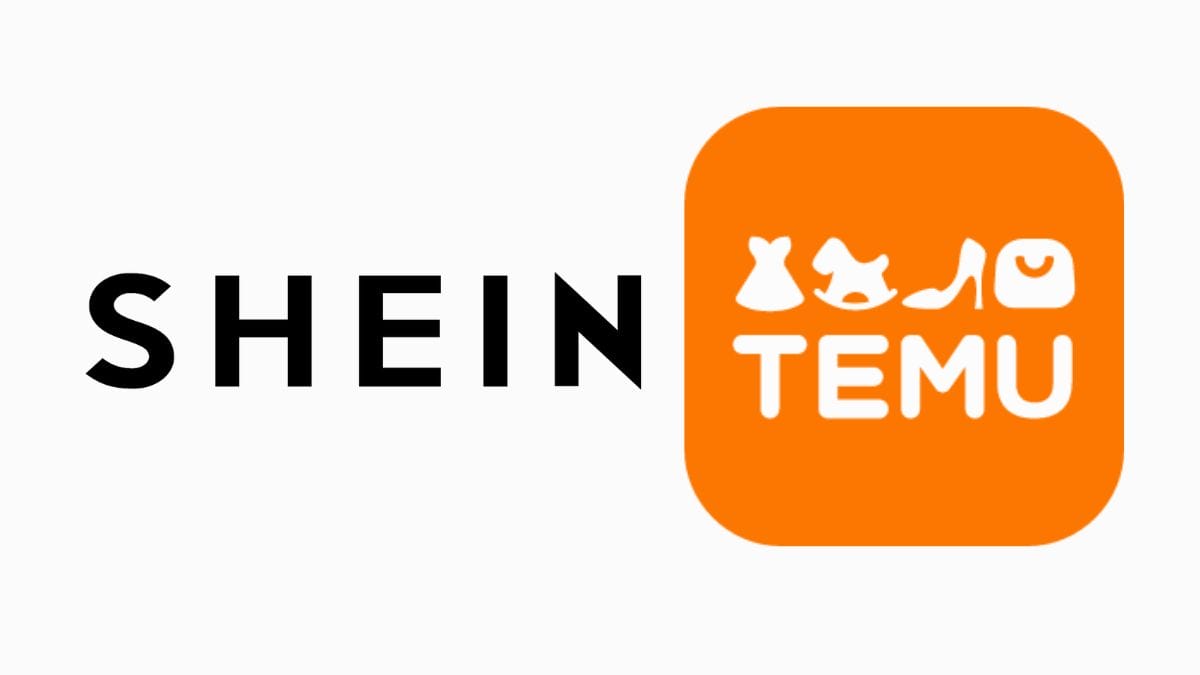Temu and Shein have made their mark in the ever-changing landscape of e-commerce giants as two potential contenders to the top spot in terms of affordability and popularity. Both are known for their fast rise and popularity as low-cost products. Similar to any other comparison, it is crucial to look deeper into their business strategies to establish if Temu and Shein are comparable or distinct suppliers in the online retail marketplace.
The rising of Shein and Temu
Temu’s rise to prominence has undoubtedly drawn parallels with the success story of Shein. Both companies are experiencing rapid growth and have attracted the attention of budget conscious buyers. The low cost of their products is what makes them appealing. They allow shoppers to look stylish without spending the money. Many have asked: Are Temu’s and Shein’s products made of the same fabric?

Similarities and Differences
Temu shares the same trait as Shein in offering products that are pocket-friendly However, they’re far from being mirror-images. Temu stands out with its distinctive Next Gen Manufacturing model that can provide significant cost savings across diverse product categories. This model makes use of advanced manufacturing techniques to streamline production processes. It reduces overhead costs, and passes the savings on to customers.
Shein however, on contrary, has earned a reputation as a fast-fashion brand, which focuses on clothes and accessories. Its appeal lies at the forefront of new trends in fashion while offering a variety of options that satisfy different tastes in fashion. The focus on fashion as well as other related verticals such as accessories or beauty have allowed Shein to create a niche for it. For more information, click Temu vs Shein
Business models on the front of the page
Temu’s Next-Gen Manufacturing model deserves a closer look. Temu optimizes supply chain and manufacturing by using cutting-edge technology, such as data analytics and AI-driven information. This allows them to cut manufacturing costs and still maintain quality. This means that Temu has a wide range of products with competitive prices across various categories, ranging from electronics to household items. Temu is therefore distinct from Shein who concentrates on fashion and its counterparts.
While Shein does indeed cover a broad variety of fashion trends its business model is built on constantly updating its inventory to reflect changing fashion trends. This is a time-consuming process that requires quick design production, production, and distribution cycles. This is a major element in its success with younger audiences looking for stylish items at reasonable prices.
Ownership is important
One question that has sparked curiosity is whether Temu is part of Shein. But this is not true. Temu is an independent entity with its own ownership structure. Temu is an independent player in the world of e-commerce, focusing on its unique manufacturing process, whereas Shein remains an individual brand that is recognized for its innovative and fashionable offerings.
The Takeaway
It’s not difficult to draw comparisons between companies with similar development plans in the turbulent ocean of e-commerce. Temu’s and Shein’s story shows that, despite the similarities they have significant differences. The differing approaches they take to manufacturing and business as well as marketing highlight their individuality.
Temu’s Next Generation Manufacturing is an outstanding example of innovation in the ecommerce industry. Temu’s Next-Gen Manufacturing model stands as an evidence of the latest innovations in the e-commerce industry. However, Shein’s commitment to fashion trends and speedy product turnover ensures that it is positioned as a leading player within the fashion e-commerce market.
Temu’s comparison to Shein highlights the distinctions in the world of online shopping. Although both companies cater for price-conscious customers, their strategies and business plans as well their the areas of their expertise are different. Temu’s manufacturing capabilities, and Shein’s quick fashion savvy illustrate the diversity of the online shopping ecosystem. So, as consumers and aficionados, let’s be aware of the uniqueness that each of these platforms bring to the table. We can also continue to explore the ever-growing world of online shopping.